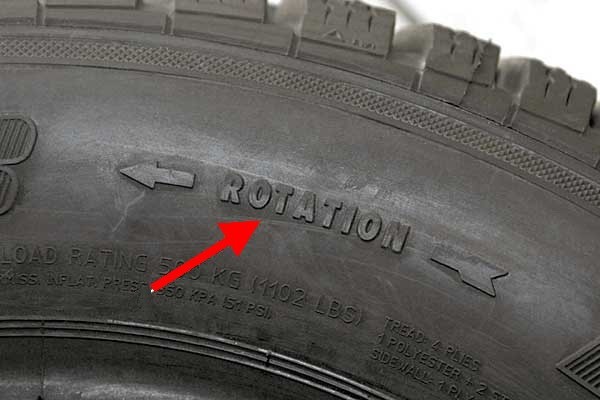
How to make a bad car great
As a car ages, it often loses some of its luster as the newness wears off and time takes its toll on the interior and exterior. The good news is that almost any car can be made to look like new again with a few simple steps, including repairing broken parts, adding replacement parts, and thoroughly cleaning the car inside and out.
Method 1 of 2: car repair
Necessary materials
- Cellular telephone
- Компьютер
- Paper and pencil
- Spare parts (new or used)
One of the best ways to fix a broken car is to have it repaired. In addition to making your car look better, repairing and replacing broken and worn parts also ensures your car lasts longer and runs more safely, saving you the hassle of buying another car.
- Functions: When replacing parts, try to use new parts if possible. If that's not possible, find the best used parts.
Step 1: Determine if a vehicle is worth repairing. If the amount of parts needed for repairs is more than half the cost of the car, then you should consider replacing the car.
Vehicle prices can be found on sites such as Kelley Blue Book, Edmunds, and AutoTrader.
- FunctionsA: At present, you can also purchase spare parts and install them. If you are planning to resell your vehicle, be aware that after sales service can sometimes devalue your vehicle.
Step 2: Find replacement parts. Search and buy the necessary parts to repair your car. You have three options to find new or used parts, including online, parts stores or junkyards.
Online: You can search the web for sites like Car-Part.com, eBay Motors, and PartsHotlines to find the new and used parts you need.
Parts Stores: Local auto parts stores provide a quick and easy way to get the parts you need. If they don't have a part in store, more often than not they can search through their extensive inventory and have it delivered straight to the store for pickup.
Recycling dumps: Another option is to check out local recycling dumps yourself. While this takes longer, this is often a cheaper alternative than finding someone else and then charging you shipping costs.
Functions: If you are taking your car to a mechanic for repairs, consider having the workshop supply you with replacement parts. Auto repair shops usually have sources for acquiring the necessary parts at a good price, and this can save you the headache of finding a spare part yourself. Most stores will also consult with you first to provide you with the options available when purchasing parts to repair your vehicle.
Step 3: Decide if you are going to replace parts yourself. When replacing parts, you can use the services of an experienced mechanic or do it yourself if you have the know-how.
Before embarking on a repair yourself, make sure you have the necessary space and tools to do so. Many public places and rental homes prohibit long-term car repairs on their property, so check before proceeding.
- FunctionsA: If you are not sure which part to purchase, look it up in your vehicle's owner's manual. The manual should list the correct type of part and any specifications for smaller parts such as light bulbs and windshield wipers. For more detailed information, please refer to the relevant car repair manual or search related articles on our website.
Method 2 of 2: Clean the car inside and out
Necessary materials
- car wax
- car polisher
- clay bar
- Clean rags
- Soap and water
- water hose
Thoroughly cleaning and detailing your car can make it sparkle and look almost brand new. However, washing a car is not enough. Use compounds such as a clay bar to remove any hard-to-reach dirt. After completely removing dirt, stains and other residues, be sure to apply the appropriate waxes and polishes to protect your car's surface both inside and out.
- FunctionsA: Another option is to pay professional car cleaning specialists for you. Professional masters know many tricks that you may not know about.
Step 1: Clean the outside. Start by cleaning the outside of your vehicle by using soap and water.
Start at the roof of the car and work your way down, applying soap and rinsing.
You can also apply a prewash solution ahead of time to loosen stubborn dirt.
Step 2: Dry the car. After washing the car, take it to a shady place and dry it completely.
This prevents the formation of water stains that can leave marks on your car's paintwork if left to dry on its own. Also, clean the outside windows after you dry the car outside.
Step 3: Clean the inside of the vehicle. This includes vacuuming carpets and wiping down any interior surfaces.
Also, remove and clean the floor mats separately at this time. Many self-service car washes offer a place to hang your mats during the car wash, but don't forget them when you're done.
You should also clean the interior surfaces of windows at this time.
Step 4: Detail the car. The last step in the cleaning process is detailing the car.
Detailing is the process of cleaning every small area of a car, inside and out.
Most pros use materials like clay rods to make sure they can get into the nooks and crannies of the car.
You should consider using the services of professional detailers if you are not sure that you can handle the task yourself.
Step 5: Apply Wax. Once the car has been detailed, apply a coat of wax to protect the car's paintwork and enhance its color.
Professional detailers should have this as an extra service, or you can do this step yourself using an appropriate car wax and polish.
With a little effort, you can transform almost any old car. As long as the paint on a car is in decent condition, cleaning, detailing, and polishing can make it shine and look almost like new. When it comes to the mechanical part of your car, keeping it in good condition ensures it will last a long time. If you can't do the job yourself, consider getting help from an experienced mechanic.
